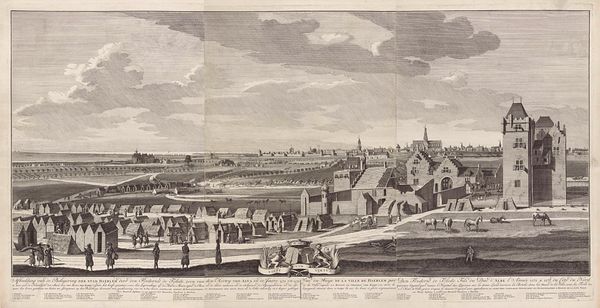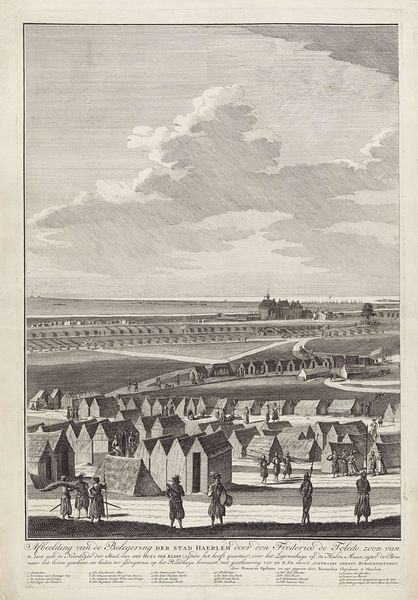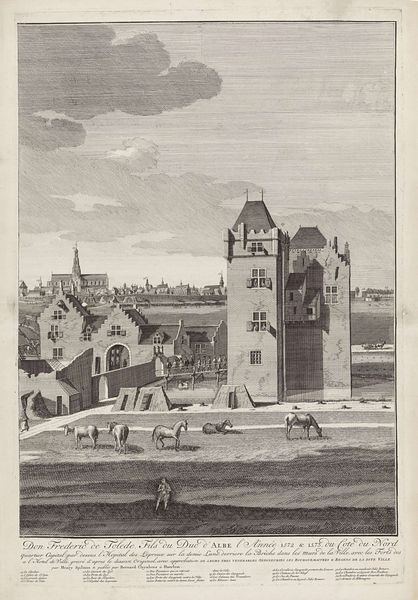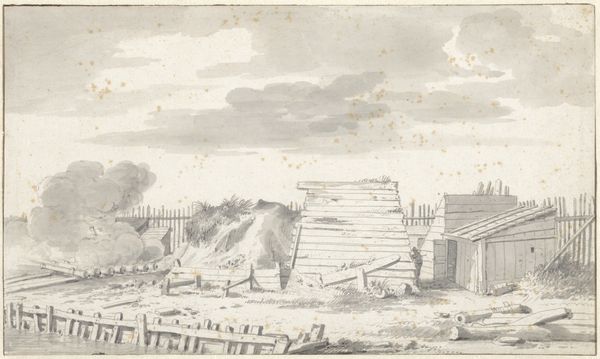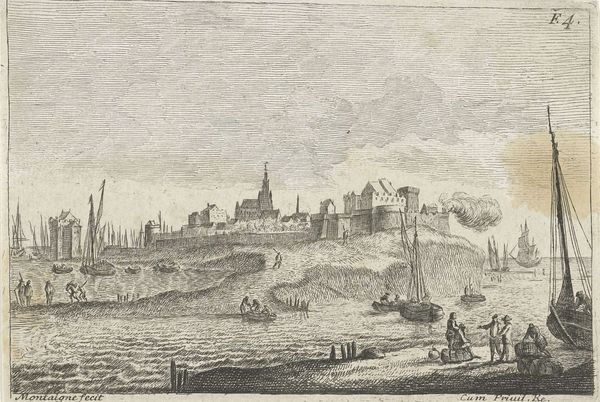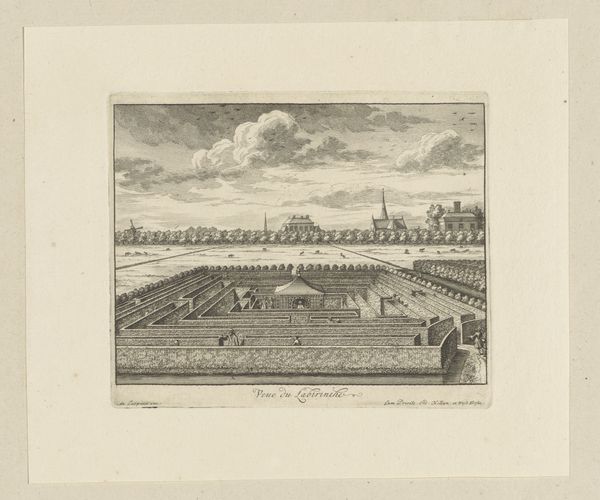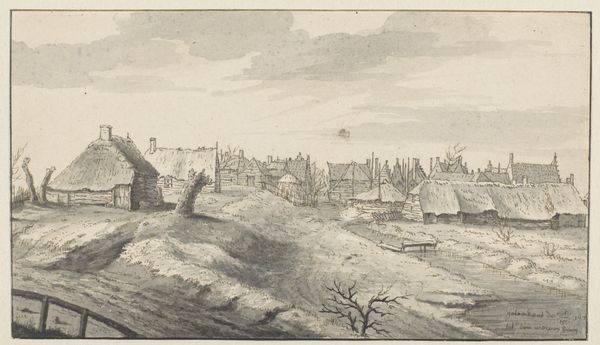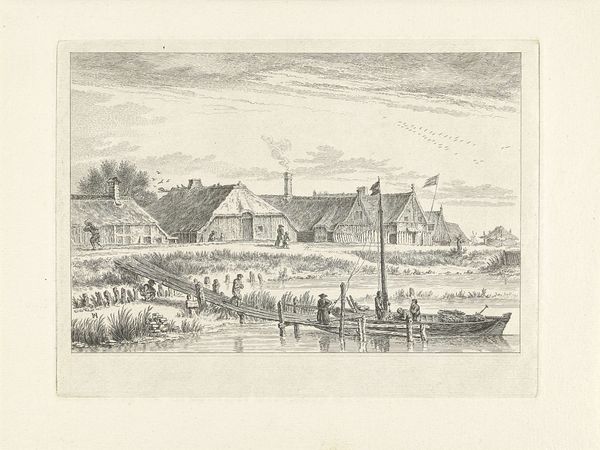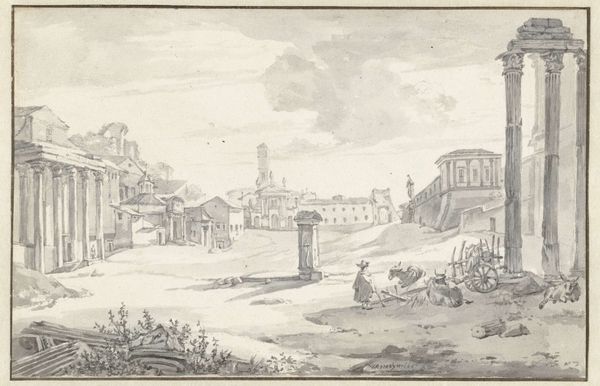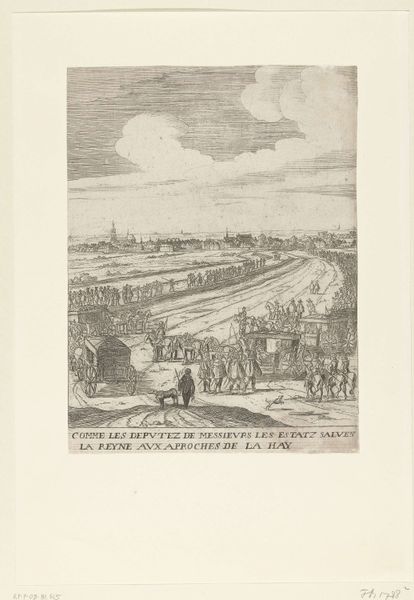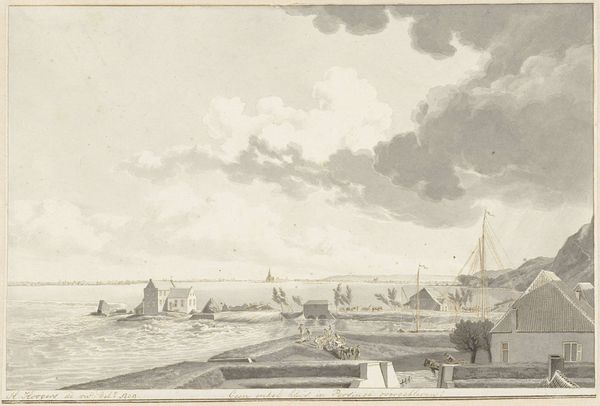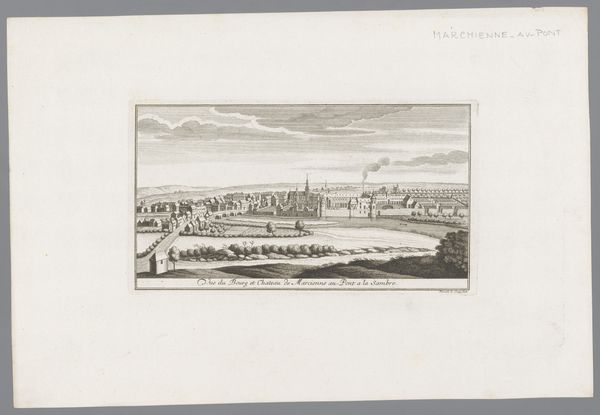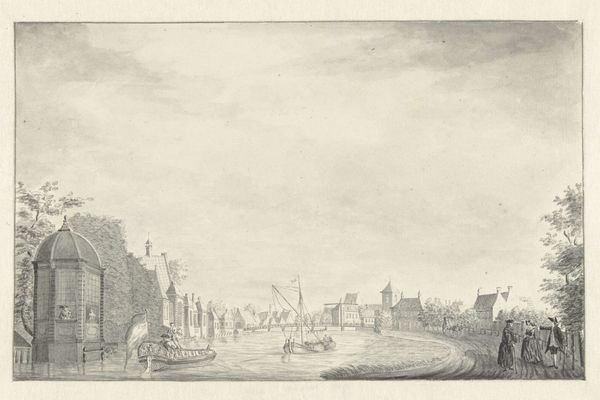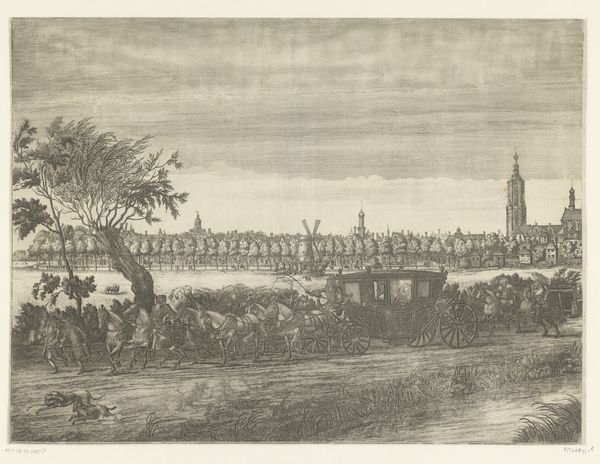
print, engraving
#
aged paper
#
baroque
# print
#
old engraving style
#
landscape
#
cityscape
#
engraving
Dimensions: height 743 mm, width 501 mm
Copyright: Rijks Museum: Open Domain
Hendrik Spilman created this engraving of the Siege of Haarlem in the mid-18th century, a little over two hundred years after the event itself. To make it, Spilman used a technique of cutting lines into a metal plate, inking the surface, and then wiping it clean so that ink only remained in the incised lines. The plate was then pressed onto paper, leaving behind a crisp, detailed image. This method of reproduction – printmaking – was a powerful tool in early modern Europe. Consider the social context: the Netherlands was at the heart of a global trading network, with a rising middle class eager for information and images. Printmaking allowed for the mass production of visual content, fueling both the dissemination of news and the creation of a shared sense of national identity. The clean lines and precise details, made possible by the engraving process, served a clear propagandistic purpose: celebrating Dutch resilience in the face of Spanish oppression. This image demonstrates how materials, making, and context are deeply intertwined, shaping the visual language of art and its power to influence public opinion.
Comments
No comments
Be the first to comment and join the conversation on the ultimate creative platform.
